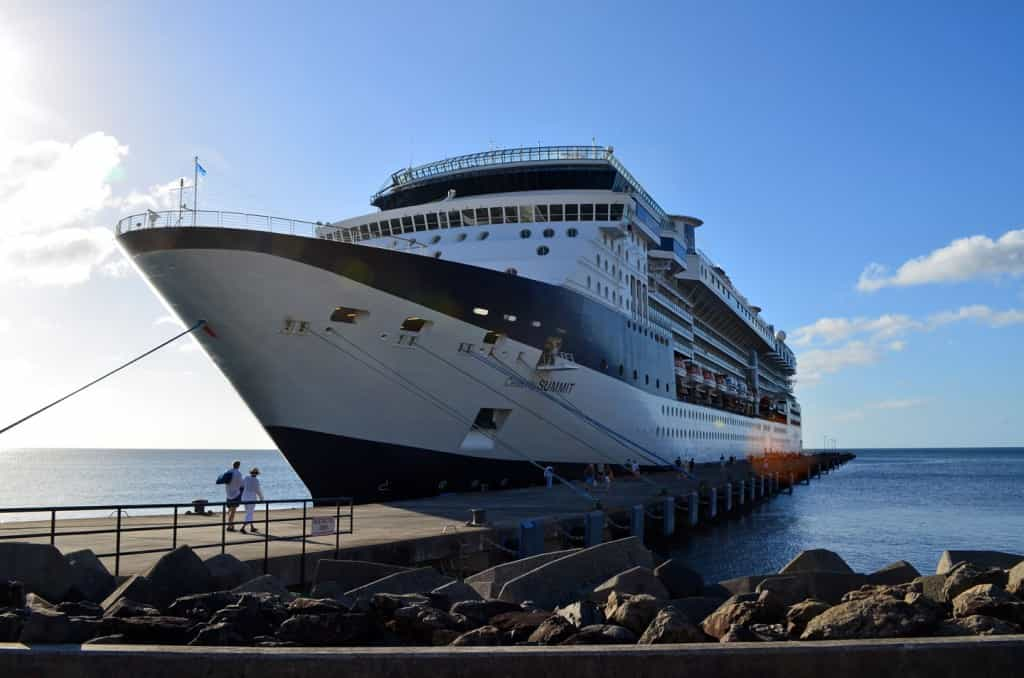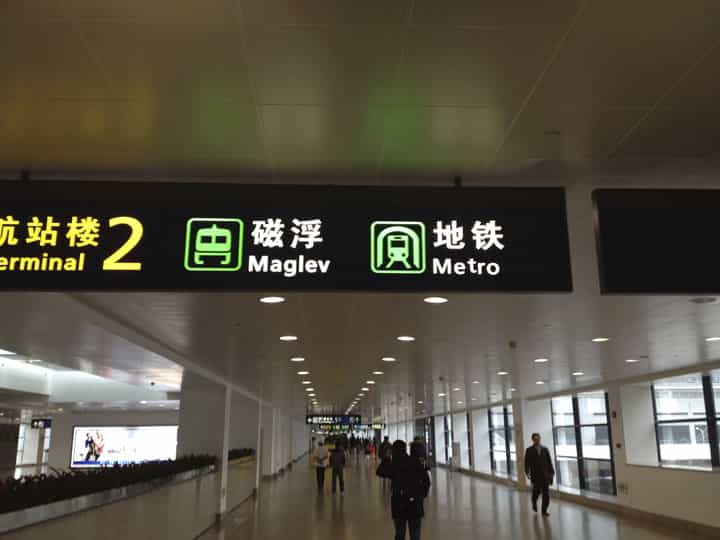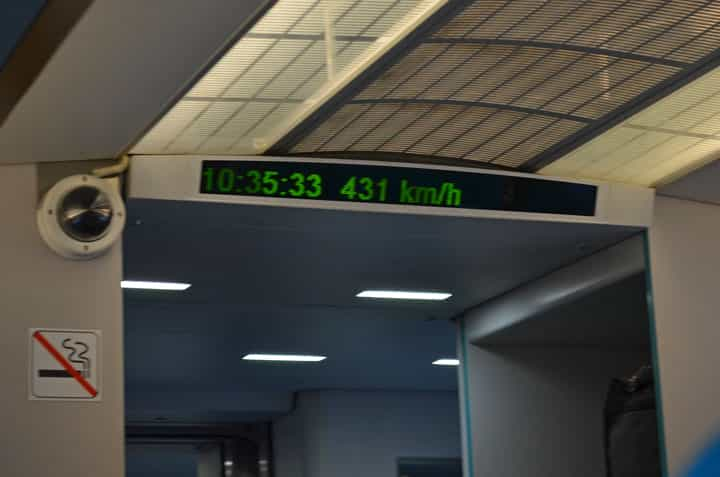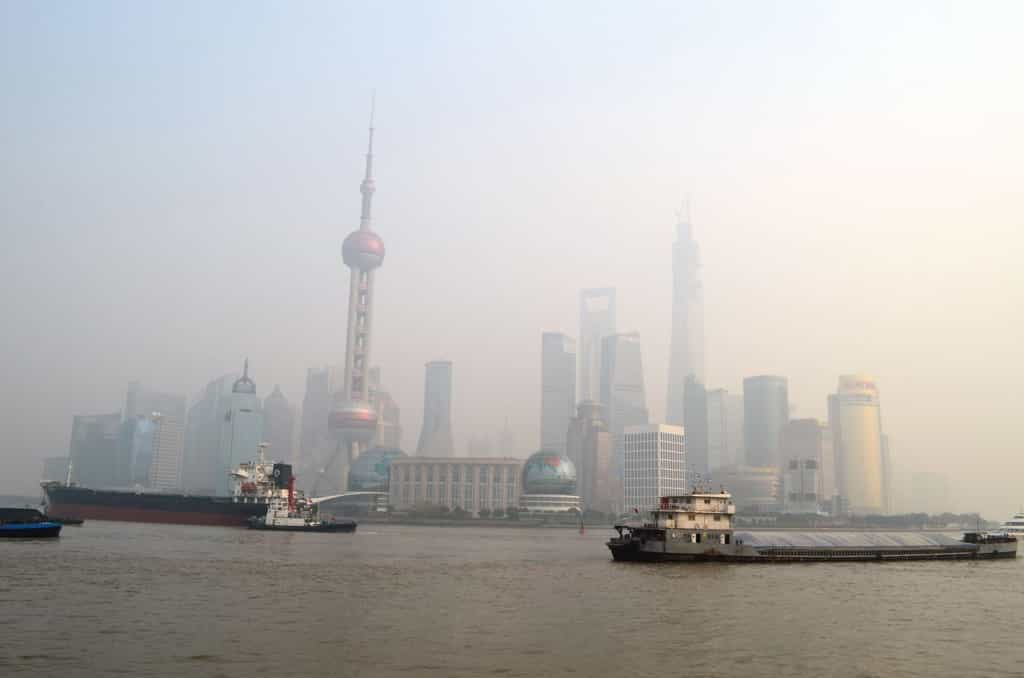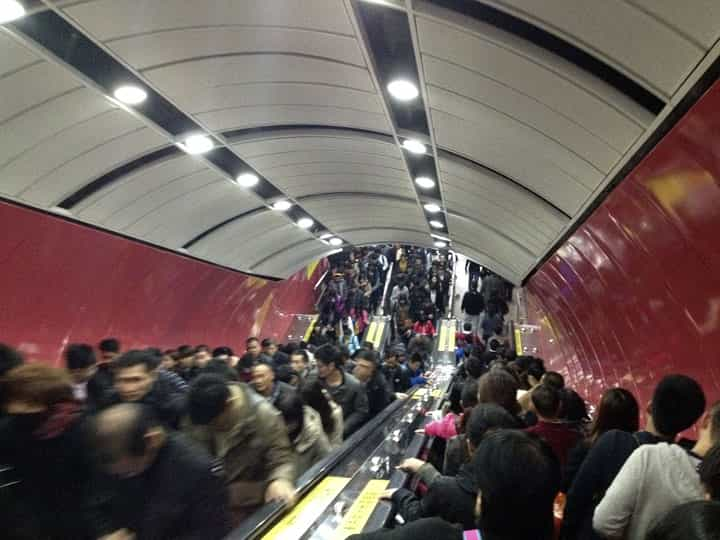If you know a little bit about the history of East Timor (aka Timor Leste, in Portuguese), it won’t take very long for you to see the signs of how young the country is as you begin your visit.

Right at the airport, you will see this sign for “Domestic departures.” The problem is that there are no domestic flights in tiny TL. None at all. So in this case, I can only imagine “Domestic” means within Indonesia. I am surprised they never took it down. Perhaps it is there in the hopes of future commercial domestic flights. There are a number of landing strips in the country, but only UN flights and other such charters land there.
TL used to be a Portuguese colony, but at the eve of decolonization, it was invaded by Indonesia. Strangely, the Indonesian Government did not particularly want the territory. Had Portugal decided not to give up its colonies, the Indonesians probably would have been happy, or at least totally indifferent to the presence of the impoverished Portuguese enclave on Timor Island. The problem, in their eyes, was that the Timorese independence fighters, like many groups at the time fighting colonial rulers everywhere, were ideologically heavily influenced by communism. So for Jakarta, a Portuguese Timor was acceptable, but an independent one came with the very high risk of ending up with a little Cuba in the archipelago, complete with the Soviet or Chinese involvement that would come with it. And that was certainly not acceptable to them.
In 1999 a UN sponsored referendum was organized, and people voted 78.5% in favour of independence. In the immediate aftermath, the Indonesian Army went on a rampage of destruction, damaging or destroying the little infrastructure the country had, and killing hundreds in the process. This lasted a couple of weeks, until UN approved, Australian-led forces restored some order. Even remote Canada sent a few troops. A friend of mine went. He came back with a shiny UN medal, and malaria.
In 2002 TL officially became a UN member country, the youngest in the world, until South Sudan appeared in 2011. Since then, the Timorese have stopped fighting the Indonesians, and have mostly been fighting each other, with severe riots, coups and assassination attempts occurring over the course of the decade. Since 2008 however, it has been mostly quiet.

The country does not have its own currency, using instead the US dollar. They do, however, have coins manufactured in Portugal, called Centavos and with a nominal value equal to a US cent. The official language is Portuguese, but few people speak it. They could have made it Tetum, the dominant language, but it is only the native language of about a third of the population, with a slew of other languages spoken. The most practical option might have been Indonesian, but that would have been awkward to say the least!

Today, the country has one of the highest population growth rate in the world, so much that people run out of ways to carry their children. Continue reading →

